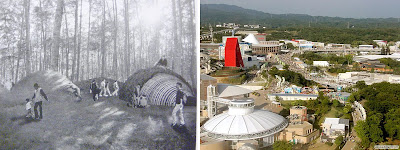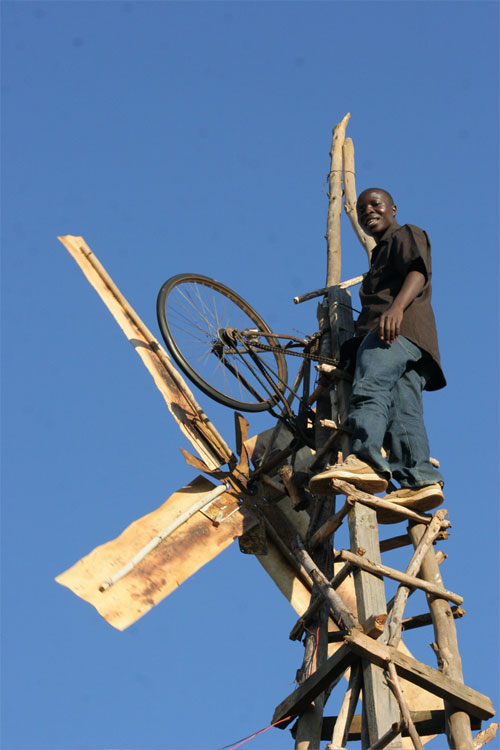Although slums are commonly associated with developing countries, Crisis recently estimated there are up to 150,000 homeless people in
Hearing the word ‘homeless’ instantly provokes negative connotations, however many choose squatting over a conventional lifestyle because of the freedom it can add to their creativity or everyday life. Although there are obvious financial benefits to not having to pay rent, this also allows almost all of a squatter’s activities to be non commercial. Because of this many artist and designers have been attracted to squatting. Numerous autonomous creative collectives have sprung up in
collectives have sprung up in
Aside from the work created or exhibited in these spaces, each separate collective represents the design of an unconventional way of living, where people are allowed much more time to divide as they see fit. Use of fossil fuels and production of CO2 means that our current lifestyle is not sustainable and needs adjustment. Although undoubtedly things can be learned from ‘squatter cities’ in developing countries, we can also look to new cultures being developed within our own city to inform change to our culture.
http://www.crisis.org.uk/page.builder/howmany-hmless-lon.html
http://www.fexia.com/DASITE/index.html




 The sudden increase of urbanization around the globe has naturally lead to a drastic problem of space. Within the developing nations this has lead to the illegal and legal forms of shanty town dwelling, such as this town from
The sudden increase of urbanization around the globe has naturally lead to a drastic problem of space. Within the developing nations this has lead to the illegal and legal forms of shanty town dwelling, such as this town from 




















